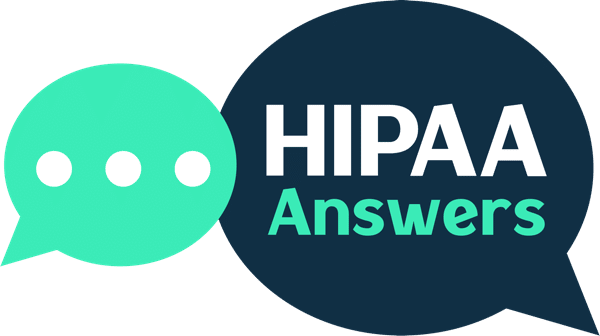At the beginning of March 2025, Microsoft gave an update about its Cybersecurity for Rural Hospitals Program. This program is created to safeguard access to medical care for the 46 million people in rural communities by assisting rural hospitals to enhance cybersecurity. Patients from rural communities must travel twice as far as urban residents to get to their closest hospital. When the closest hospital encounters a ransomware attack that results in the disturbance of hospital functions, rural residents need to go 20 miles more to get basic health services and frequently 40 miles more for specialized health services.
Rural hospitals usually have minimal operating margins, huge fixed expenses compared to urban hospitals, and have lesser reimbursement rates from insurance companies. From 2010 to 2017, around 1 rural hospital shut down per month. In 2020 to 2021 alone, 136 rural hospitals closed down. In 2022, there were 429 rural hospitals at increased financial risk. Because of the little budget, rural hospitals generally do not have enough resources to apply important cybersecurity enhancements.
Cybercriminals see rural hospitals as quick targets because they usually lack the required money for spending on cybersecurity, depend on technology that is getting old, and frequently struggle to employ and keep competent cybersecurity employees. Rural hospitals likewise keep a lot of highly sensitive, important, and quickly monetized information. Microsoft believes that an indie rural hospital that has 50 beds and 200 end users should invest from $30,000 to $40,000 to deal with the greatest cybersecurity pitfalls. Handling the vulnerabilities at the approximately 1,000 indie rural hospitals in the U.S. would require about $40-$45 million.
In June 2024, Microsoft started its Cybersecurity for Rural Hospitals Program to help deal with the problem. Those who participate in the program get free cybersecurity examination and cybersecurity training and might get substantial discounts on Microsoft’s security software, which includes around 75% off for Critical Access Hospitals and Rural Emergency Hospitals. Healthcare ought to be accessible everywhere, and the increase in cyberattacks threatens the survival of rural hospitals and affects communities throughout the U.S. Microsoft is determined to provide necessary technology protection and support when rural hospitals need help.
Microsoft mentioned in a recently released white paper that program participation far exceeded expectations, as over 550 rural hospitals joined the program, that is about 33% of rural hospitals in the U.S. Microsoft explained that 375 hospitals took part in cybersecurity checks financed by Microsoft, and over 1,000 people took part in its no cost rural hospitals
cybersecurity training.
At the start of the program, Microsoft discovered that many rural hospitals do not have even the fundamental cybersecurity procedures like email security and multi-factor authentication. As per earlier assessments, only 29% were sufficiently segregating end-user and privileged accounts, and the majority of hospitals didn’t have HIPAA training and cybersecurity training programs, despite the threats of phishing and social engineering attacks in the healthcare industry. Thanks to the program, Microsoft helped hospitals to strengthen baseline cybersecurity, making them less susceptible to threats like ransomware and phishing attacks. Microsoft also resolved specific training requirements and confirmed broader systemic issues to enable them to better support their communities.
The purpose of the white paper is to improve understanding of the problems encountered by rural hospitals and encourage cooperation among tech firms, policymakers, and healthcare companies. This collaboration is necessary to resolve the cybersecurity issues met by rural hospitals and enhance the strength of cybersecurity.
